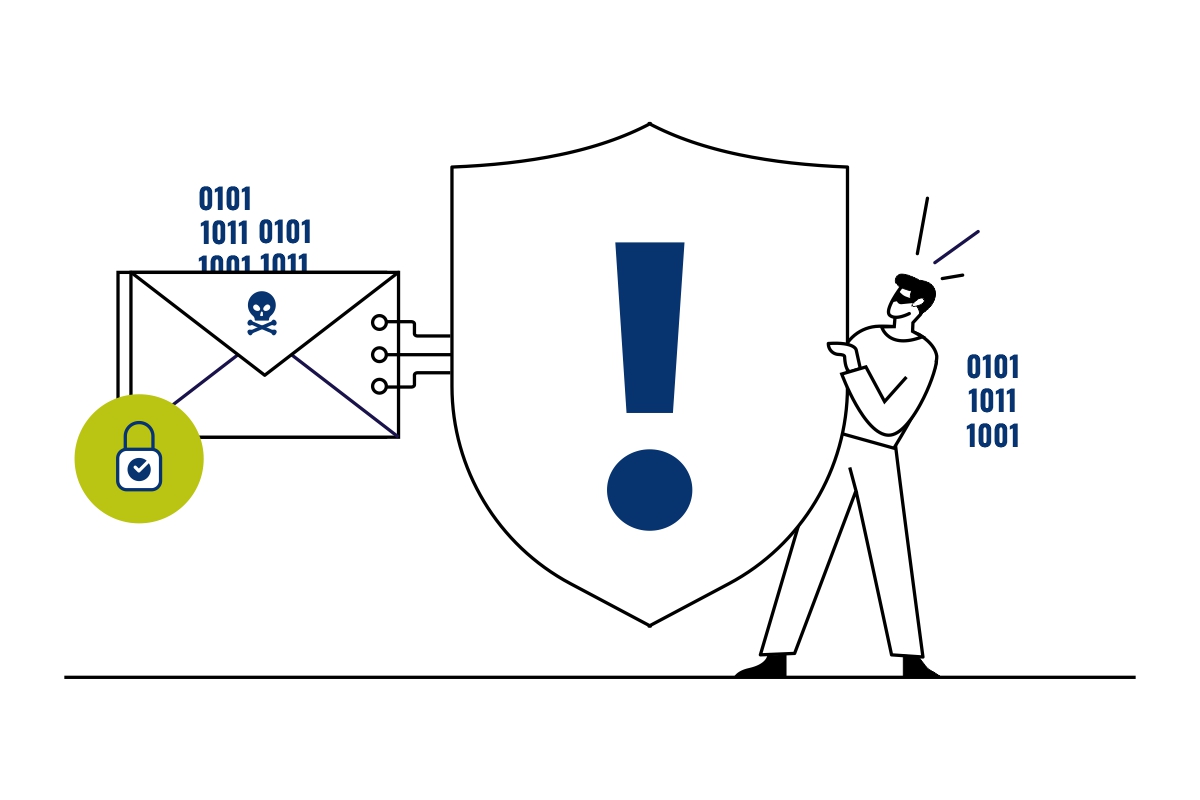
Strategies For Composing Professional Business Emails
In almost every business, ‘Emails’ are one of the most commonly used modern means of communication. For proper workflow management, it is necessary to know how to use email platforms effectively. In business communication, little rules that we fail to follow lead to bigger problems. Hence, it is necessary to keep certain keynotes in mind before starting to write business emails. Let us discuss a few points of consideration for the same.
Points to consider before writing a business email
✉
Know your audience before writing
In any organization, there will be many professionals working in different roles. It could be your senior employee, your manager, sales representatives, junior employees, trainees, or even non-employees of your organization. Every recipient you will be sending email needs to be addressed and approached accordingly.
✉
Identify your goal
Before writing an email, it is important to ask yourself how the recipient should respond to your email. It is necessary to mention clearly, whether you want them to respond to your email as soon as possible or do want them to take a particular action such as completing a task.
✉
Avoid unnecessary information
No reader wants to get bored, reading content that does not interest them. In order to save time for both the sender and the receiver, it is recommended to keep the message short and crisp. While writing, keep in mind to maintain minimum content length giving only necessary and relevant information.
✉
Don’t forget to proofread your email
A final check on the composed content is referred to as proofreading. Check for grammatical errors, spelling mistakes, and even check if any sentence needs to be rephrased. It is recommended to get your content proofread by another individual. This is because others may have different opinions about the same message/content. If composing a message requires 10 minutes, proofreading should hardly take around 2-3 minutes.
✉
Be respectful and polite
Start your email with a proper salutation. You can start with phrases like Dear Sir/Dear Madam/ Dear (Recipient Name) or ‘To Whom It May Concern. Double-check for misspellings in case of mentioning the recipient's name, to avoid leaving a bad impression. Apart from salutation, make sure to be polite throughout the message. For closing the email, phrases like ‘Regards/ Sincerely or Best wishes.’ can be used.
✉
Make appropriate use of CC and BCC
When it comes to business emails, it is necessary to keep certain managers in the loop for understanding the workflow. This helps in proper business communication without having the need to inform the status of a particular work. CC stands for Carbon Copy whereas BCC stands for Blind Carbon Copy. The recipients kept in Bcc will be invisible to the recipients kept in Cc.
✉
Attachments and links
When attachments are added make sure to name them properly. This saves time as well as becomes easy for the recipient in accessing the file. When adding links, instead of adding a long website URL, use hyperlinks of words. For example, instead of writing the whole link, you can give a hyperlink on the appropriate word. If you want to write, ‘Kindly refer to this article https://en.wikipedia.org/wiki/Email helpful in writing the report’, you can write, ‘Kindly refer to this article helpful in writing the report’.
Format for writing Business Emails
1.
Subject
Whenever a new email is received, the first thing that appears to us is the subject line. It gives an idea to the recipient about what to expect in the email. A recipient’s decision whether to open the email or keep it for later depends on the priority level seen in it. Hence, it is important to phrase a well-thought subject line.
2.
Salutation
Starting the email with a Hi or Hello is a salutation. As discussed earlier, there are various other salutations available too! You can also use ‘Hi Team!’ It depends on whom you are addressing. Make sure to phrase a salutation in a way the recipient feels important.
3.
Body
Your main message comes in the body of the email. Firstly, you have to introduce yourself, then elaborate the main reason for writing the email. Avoid writing unnecessary information. Use appropriate words and keep your message short and informative.
4.
Closing
At the closing, conclude by saying ‘We hope to hear from you soon or hope this was helpful’ depending on the message. Regards, kind regards are a few words for ending a business email professionally.
5.
Signature
Email signatures serve as a digital identity card for employees in an organization. If designed properly, it can be a great tool for getting sales and building the reputation of the company.
To conclude, just keep in mind that informal and formal emails differ a lot from each other. When it comes to business, it is always good to follow certain rules and avoid miscommunication. Because effective communication in business increases productivity. An increase in productivity leads to guaranteed success!




